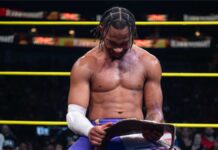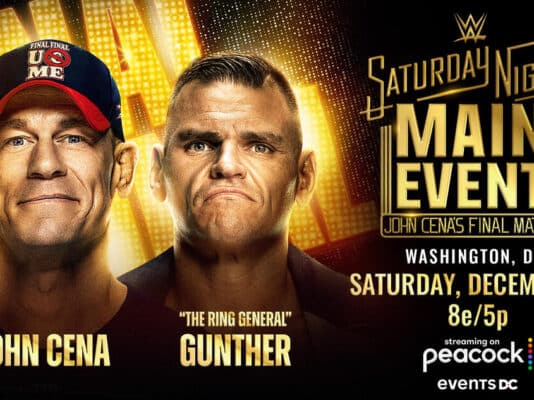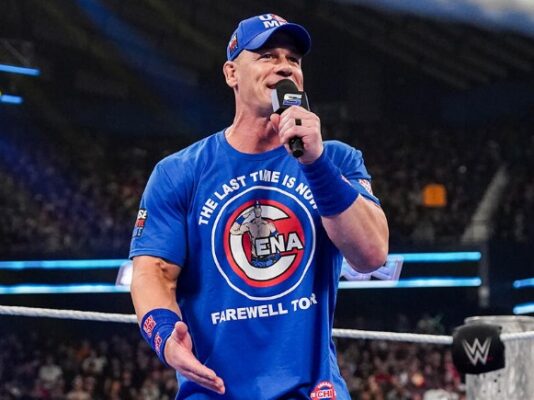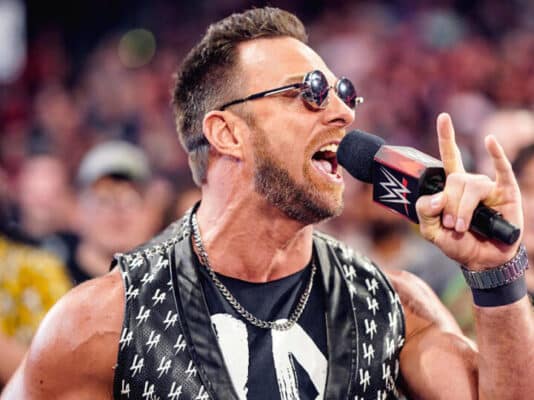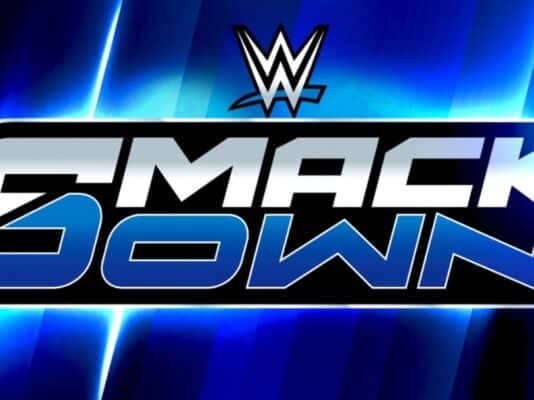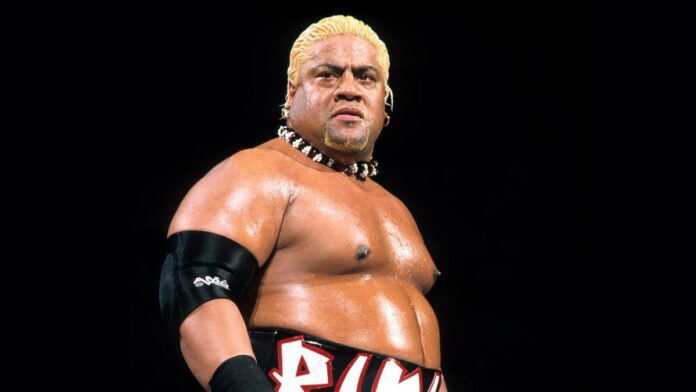
WWE Hall of Famer Rikishi delivered pointed criticism of a recent high-risk maneuver performed by TNA Wrestling’s Leon Slater during the Rebellion 2025 pay-per-view, using the incident to highlight crucial lessons about safety, trust, and match psychology in professional wrestling.
The controversial moment in question saw Slater execute a Swanton 450 splash from the top of the Ultimate X structure, reportedly around 15 feet in height. A group of wrestlers below was positioned to catch him — but the catch appeared botched, and Slater landed hard on the floor. Although initial reports indicate Slater avoided serious injury, the moment sparked widespread concern within the wrestling community.
HOLY FXCKING SH!T!!!!! 😱😱
LEON SLATER WITH THE WILDEST SWANTON 450 IN HISTORY!!!! #TNARebellion pic.twitter.com/6CaHysBMGd
— 𝐃𝐫𝐚𝐕𝐞𝐧 (@WrestlingCovers) April 28, 2025
On the latest episode of his “Rikishi Fatu Off The Top” podcast, the Hall of Famer — who had not seen the footage but was given a detailed account — didn’t hold back in condemning those responsible for catching Slater.
“I think that’s bull,” Rikishi stated bluntly. “Obviously they all talked about that spot before… You got a guy’s body that’s in your hands… That responsibility, it falls on those cats that were out there, that that’s what’s supposed to be the make-believe cushion for this guy… Shame on those guys.”
He emphasized the potential career-ending danger of such moments:
“At any given time — 30 seconds — somebody can end their career… If you’re going to do a spot with me… damn it… I need to be there for you.”
Rikishi, known for taking his own infamous bump off the Hell in a Cell during the 2000 Armageddon main event, made a sharp distinction between personal risk and shared responsibility. His fall, he recalled, was carefully calculated with the use of crash pads and ultimately fell on him alone. However, Slater’s dive required collective coordination and trust, which he believes was violated.
“If that was me, and nobody caught me, I would have had to take a chair to everybody’s head out there… There would have been a shoot fight when I came through the locker room,” Rikishi said, clearly agitated. “If you guys are listening, man, this ain’t a joke… Understand that.”
Beyond the safety concerns, Rikishi used the incident to advocate for a return to fundamentals in professional wrestling — particularly storytelling and match psychology over pure spectacle.
“You don’t really need to do all those big high spots. You can still have a pop by learning how to do psychology, theatrical movement, to be able to tell a story… Learn to tell stories.”
He advised young talent to focus on connecting emotionally with the audience through facial expressions, body language, and proper pacing, rather than relying solely on dangerous stunts.
“Perfect your craft. Perfect your craft. And understand this — this is not a game.”
Rikishi’s remarks echo the sentiments of many veterans who have long warned against the increasing reliance on viral “wow” moments that risk both physical harm and dilute the core values of wrestling psychology. His passionate defense of in-ring trust and safety serves as a sobering reminder of the real-life consequences behind the ropes.
Stay tuned to PWMania.com for more pro wrestling news, analysis, and results.
(h/t to WrestlingNews.co for the transcription)



